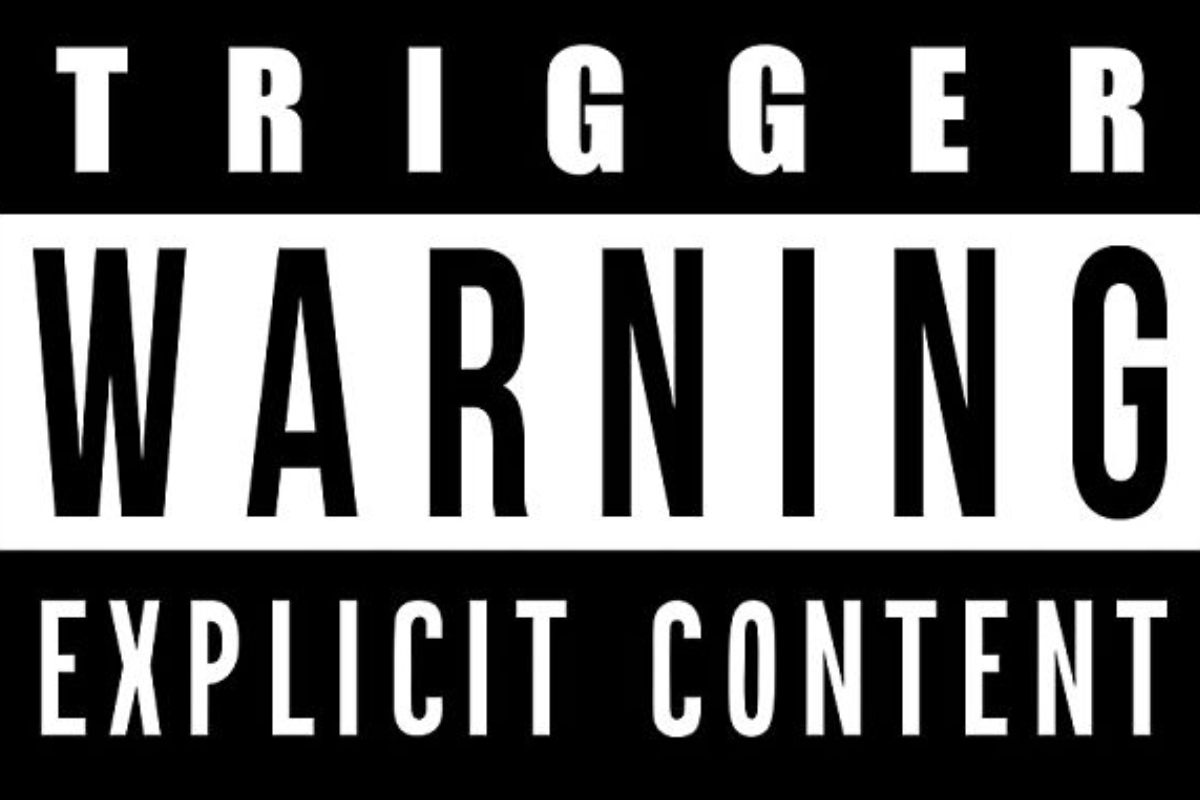
In defence of trigger warnings
The colossal efforts to advance and champion diversity and accessibility in the sector are undermined by negative press criticising the use trigger warnings before shows. But, as Fiona Moon argues, they should be viewed no differently from accessible seats or toilets.
I was delighted to hear about All In, the initiative aimed at improving accessibility for D/deaf, disabled and neurodivergent people. I have no doubt it will be a significant and welcome development for many of the 16 million disabled people living in the UK.
All In is just one of the many ways the sector is waking up to representation and inclusion, with companies like Unlimited Arts and CRIPtic Arts supporting disabled creatives to build sustainable careers and advocate for their access needs. But when it comes to needs around potentially triggering content, we have much further to go.
Lack of awareness
I have worn many hats in theatre outreach – as a producer, facilitator, maker and writer – with a focus on arts for health. I spent four years as access lead for a large entertainment venue and I am currently National Coordinator for the Culture, Health & Wellbeing Alliance. Much of my work is based on creating spaces that offer choice and autonomy and avoid re-traumatisation. I also use trigger warnings to manage my own health conditions.
Just because you say it’s safe, doesn’t mean I feel safe.
It’s disheartening to see reports labelling the use of trigger warnings in theatres “ludicrous”, and asserting theatre is “precisely, and by definition a safe space”. Some have called their use “patronising” saying it does the audience a “disservice”. Others go further, citing such warning are a “fundamental failure to grasp what the theatre is”.
These statements demonstrate a lack of awareness of trauma, symptoms of which can include chronic hypervigilance, feelings of threat and heightened startle response – and that’s without being triggered. Not unlike a phobia, triggers often defy reason and logic – just because you say it’s safe, doesn’t mean I feel safe.
Significant difference between being offended and being triggered
With one in three people in the UK experiencing traumatic events in their lifetime, trigger warnings are a useful safety tool to give audiences autonomy, helping them make informed decisions about whether the piece is right for them at that time, or whether they need to put extra things in place to enjoy it safely. And while not everyone who has experienced trauma will go on to develop conditions such as PTSD, it’s not just those with specific diagnoses that might benefit.
There is a significant difference between finding something uncomfortable or offensive and being triggered. Being offended may affect mood but it isn’t usually debilitating but a full trigger response can mean days of intense emotional dysregulation, flashbacks, uncontrollable and intrusive thoughts, suicidal ideation and nightmares. Surely that’s something we want to avoid for audiences.
Of course, theatre should shake the status quo and push audiences to confront their beliefs and shadow sides. But trigger warnings don’t exist to challenge free artistic expression, or to avoid giving offence, rather they are there to mitigate a potentially dangerous reaction from a small minority of the audience that may be vulnerable to the subject matter. In this sense, they are no different from information about accessible seating or provision of a hearing loop.
Omitting – or even sneering at – trigger warnings is the equivalent of failing to inform a wheelchair user whether the venue has a lift, or a D/deaf person whether a performance will be signed. And then mocking them for needing this kind of information. It’s ableist, disempowering and potentially dangerous.
Instead of mockery and ridicule, companies should be commended
The TV and film industries have been issuing content guidance information since the 1960s, So, it’s confusing that trigger warnings in theatre elicit such a charged response. If the information is relevant, you can make use of it. If it’s not, you don’t need a voice at that table.
I’m not saying trigger warnings are beyond critique. Even among those working in trauma-informed spheres, there are differences of opinion. But differing views can be discussed with sensitivity and respect. By contrast, the tone in recent press reports has often been dismissive and loaded, throwing around terms like “woke”, “snowflake” and “bizarre”. One article even appeared to mock the Old Vic for providing helpline numbers for a play that contains explicit depiction of suicide.
Prominent professionals and media outlets should recognise their responsibility – given their influence and reach – to voice their opinions respectfully and in an informed way. As with any development in awareness, there isa period of learning that might result in some clunky execution. Do I think every swear word, cigarette or sexual reference needs detailing? Possibly not. However, we can’t change unless we dare to try.
I think companies demonstrating a commitment to audience safety in this evolving area should be commended for their efforts. Otherwise, we risk unwittingly creating a hierarchy of access needs, with some celebrated and invested in and others ridiculed or cited as a source of annoyance. This risks increasing the shame already inherent in many non-visible access needs. With the aim of theatre being to experience our shared humanity, is this the direction we want to follow?
Fiona Moon is a facilitator, writer and theatre maker.
![]() @fionamoon1
@fionamoon1
Join the Discussion
You must be logged in to post a comment.